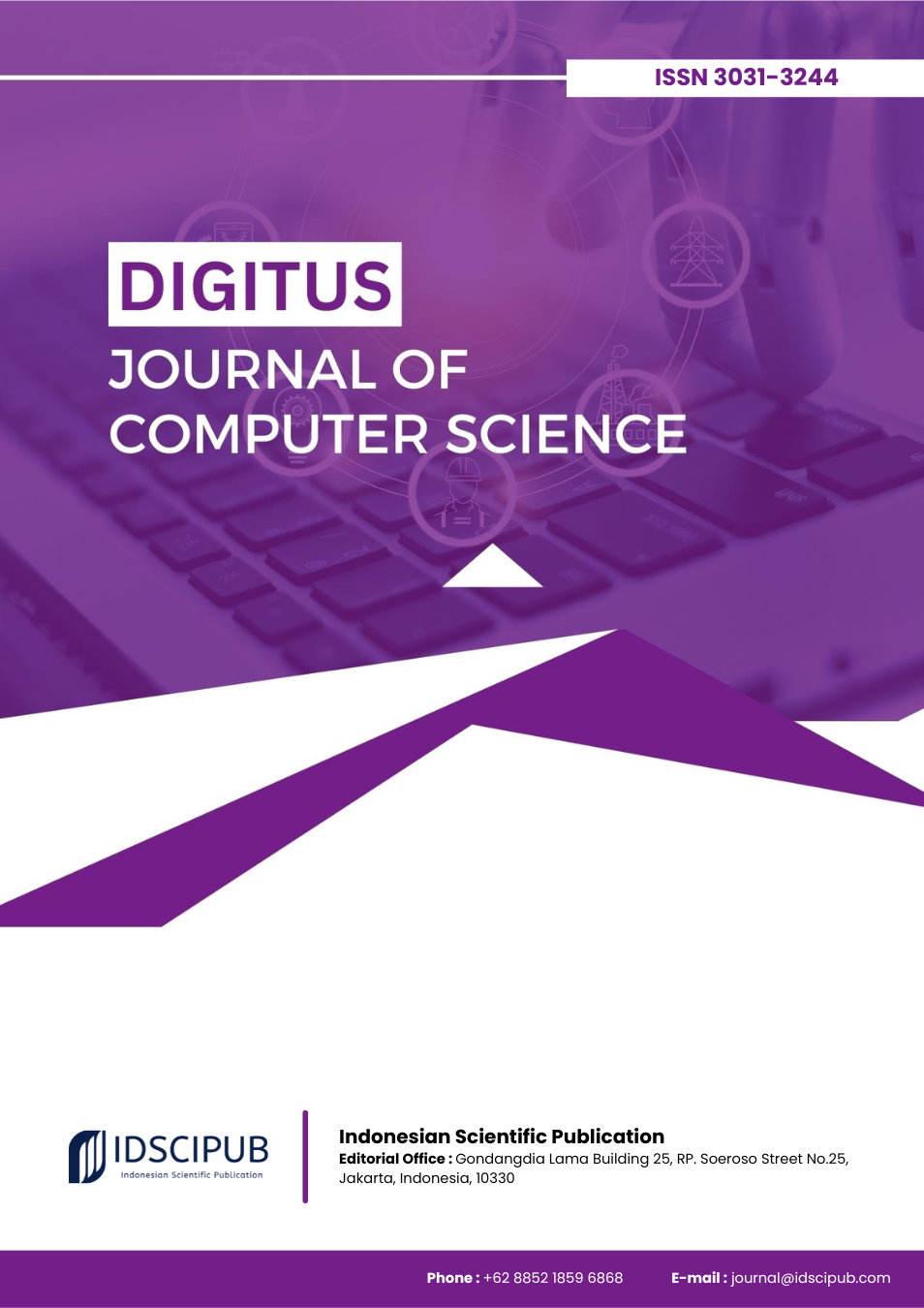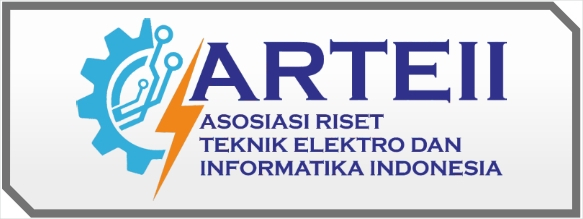The Role of Edge Computing in Secure and Scalable IoT Systems: A Global Perspective
DOI:
https://doi.org/10.61978/digitus.v3i1.856Keywords:
Edge Computing, Internet of Things, Latency Optimization, Data Privacy, Federated Learning, IoT Deployment Strategies, Hybrid ArchitectureAbstract
Edge computing has emerged as a pivotal paradigm for optimizing performance, privacy, and deployment within Internet of Things (IoT) ecosystems. This narrative review aims to synthesize the latest scholarly insights into how edge computing addresses key challenges in latency reduction, data security, and resource orchestration. Drawing on a structured literature search from major academic databases, the review analyzed empirical and theoretical contributions spanning various edge-IoT implementations. The findings indicate that edge computing enhances system responsiveness by relocating data processing to proximity of data sources, leading to improved latency and throughput. In applications such as smart cities and remote healthcare, this shift enables more efficient bandwidth usage and timely decision-making. Moreover, privacy-centric technologies including federated learning, blockchain, and zero-trust architectures have proven effective in mitigating data security risks across distributed environments. Despite these advantages, systemic challenges persist, particularly regarding policy, infrastructure, and organizational readiness. Deployment in developing countries often encounters limitations due to regulatory ambiguity and insufficient digital capacity. Successful strategies observed globally emphasize the importance of hybrid cloud-edge-fog architectures and localized deployment models aligned with regional capabilities. This study underscores the need for collaborative public-private innovation, policy reform, and inclusive digital infrastructure development to fully realize the benefits of edge computing in diverse IoT contexts.
References
Alhartomi, M., Salh, A., Audah, L., Alzahrani, S., & Alzahmi, A. (2024). Enhancing sustainable edge computing offloading via renewable prediction for energy harvesting. IEEE Access, 12, 74011–74023. https://doi.org/10.1109/access.2024.3404222 DOI: https://doi.org/10.1109/ACCESS.2024.3404222
Aujla, G. and Jindal, A. (2021). A decoupled blockchain approach for edge-envisioned IoT-based healthcare monitoring. IEEE Journal on Selected Areas in Communications, 39(2), 491–499. https://doi.org/10.1109/jsac.2020.3020655 DOI: https://doi.org/10.1109/JSAC.2020.3020655
Baghban, H., Huang, C., & Hsu, C. (2021). Latency minimization model towards high efficiency edge-IoT service provisioning in horizontal edge federation. Multimedia Tools and Applications, 81(19), 26803–26820. https://doi.org/10.1007/s11042-021-11009-5 DOI: https://doi.org/10.1007/s11042-021-11009-5
Kuchuk, H. and Malokhvii, E. (2024). Integration of IoT with cloud, fog, and edge computing: a review. Advanced Information Systems, 8(2), 65–78. https://doi.org/10.20998/2522-9052.2024.2.08 DOI: https://doi.org/10.20998/2522-9052.2024.2.08
Mayer, A., Rodrigues, V., Costa, C., Righi, R., Roehrs, A., & Antunes, R. (2021). Fogchain: a fog computing architecture integrating blockchain and Internet of Things for personal health records. IEEE Access, 9, 122723–122737. https://doi.org/10.1109/access.2021.3109822 DOI: https://doi.org/10.1109/ACCESS.2021.3109822
Nezami, Z., Zamanifar, K., Djemame, K., & Pournaras, E. (2021). Decentralized edge-to-cloud load balancing: service placement for the Internet of Things. IEEE Access, 9, 64983–65000. https://doi.org/10.1109/access.2021.3074962 DOI: https://doi.org/10.1109/ACCESS.2021.3074962
Sahu, S. and Mazumdar, K. (2024). Exploring security threats and solutions techniques for Internet of Things (IoT): from vulnerabilities to vigilance. Frontiers in Artificial Intelligence, 7. https://doi.org/10.3389/frai.2024.1397480 DOI: https://doi.org/10.3389/frai.2024.1397480
Ghaderi, Y. and Ghaderi, M. (2025). Society 5.0 in the cloud: harnessing the power of modern information technologies. Metaverse, 6(1), 3232. https://doi.org/10.54517/m3232 DOI: https://doi.org/10.54517/m3232
Goyal, N. (2025). Security and privacy in iot, fog, and blockchain networks. In Trends and Applications in IoT (pp. 371–398). https://doi.org/10.4018/979-8-3373-0300-0.ch015 DOI: https://doi.org/10.4018/979-8-3373-0300-0.ch015
Hasan, K., Chowdhury, M., Biswas, K., Ahmed, K., Islam, M., & Usman, M. (2022). A blockchain-based secure data-sharing framework for software defined wireless body area networks. Computer Networks, 211, 109004. https://doi.org/10.1016/j.comnet.2022.109004 DOI: https://doi.org/10.1016/j.comnet.2022.109004
K, D., Jayavadivel, R., Nachiappan, B., Mohanraj, A., Shankar, B., & Najmusher, H. (2024). Blockchain technology for secure and trustworthy iot systems. In Blockchain and IoT Security (pp. 39–68). https://doi.org/10.4018/979-8-3693-9616-2.ch003 DOI: https://doi.org/10.4018/979-8-3693-9616-2.ch003
Khodadadi, E. and Towfek, S. (2023). Internet of things enabled disease outbreak detection: a predictive modeling system. JISIoT, 10(1), 84–91. https://doi.org/10.54216/jisiot.100107 DOI: https://doi.org/10.54216/JISIoT.100107
Kumar, P., Meenakshi, S., Shalini, S., Devi, S., & Boopathi, S. (2023). Soil quality prediction in context learning approaches using deep learning and blockchain for smart agriculture. In Smart Agriculture Technologies (pp. 1–26). https://doi.org/10.4018/978-1-6684-9151-5.ch001 DOI: https://doi.org/10.4018/978-1-6684-9151-5.ch001
Li, D., Deng, L., Cai, Z., & Souri, A. (2020). Blockchain as a service models in the internet of things management: systematic review. Transactions on Emerging Telecommunications Technologies, 33(4). https://doi.org/10.1002/ett.4139 DOI: https://doi.org/10.1002/ett.4139
Mohan, H., Shukla, K., Tightiz, L., & Padmanaban, S. (2024). Enhancing data security and privacy in energy applications: integrating iot and blockchain technologies. Heliyon, 10(19), e38917. https://doi.org/10.1016/j.heliyon.2024.e38917 DOI: https://doi.org/10.1016/j.heliyon.2024.e38917
S. Anitha, R. and Murugan, M. (2024). Privacy‐preserving collaboration in blockchain‐enabled iot: the synergy of modified homomorphic encryption and federated learning. International Journal of Communication Systems, 37(18). https://doi.org/10.1002/dac.5955 DOI: https://doi.org/10.1002/dac.5955
Singh, P., Sinha, P., & Raghav, A. (2023). A blockchain iot hybrid framework for security and privacy in a healthcare database network. In Emerging Trends in IoT (pp. 210–225). https://doi.org/10.4018/978-1-6684-6894-4.ch011 DOI: https://doi.org/10.4018/978-1-6684-6894-4.ch011
Tripathi, G., Ahad, M., & Paiva, S. (2020). SMS: A secure healthcare model for smart cities. Electronics, 9(7), 1135. https://doi.org/10.3390/electronics9071135 DOI: https://doi.org/10.3390/electronics9071135





